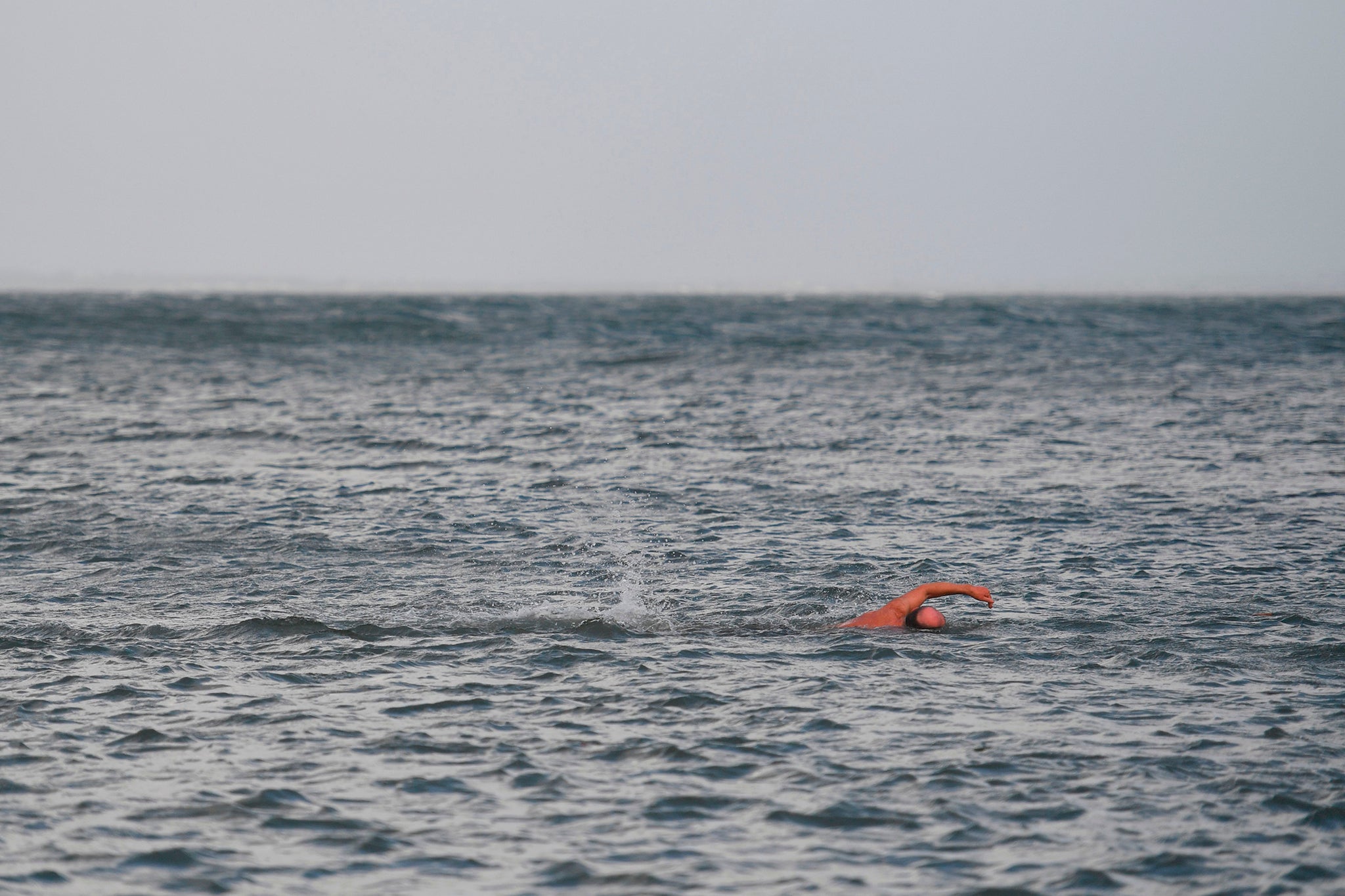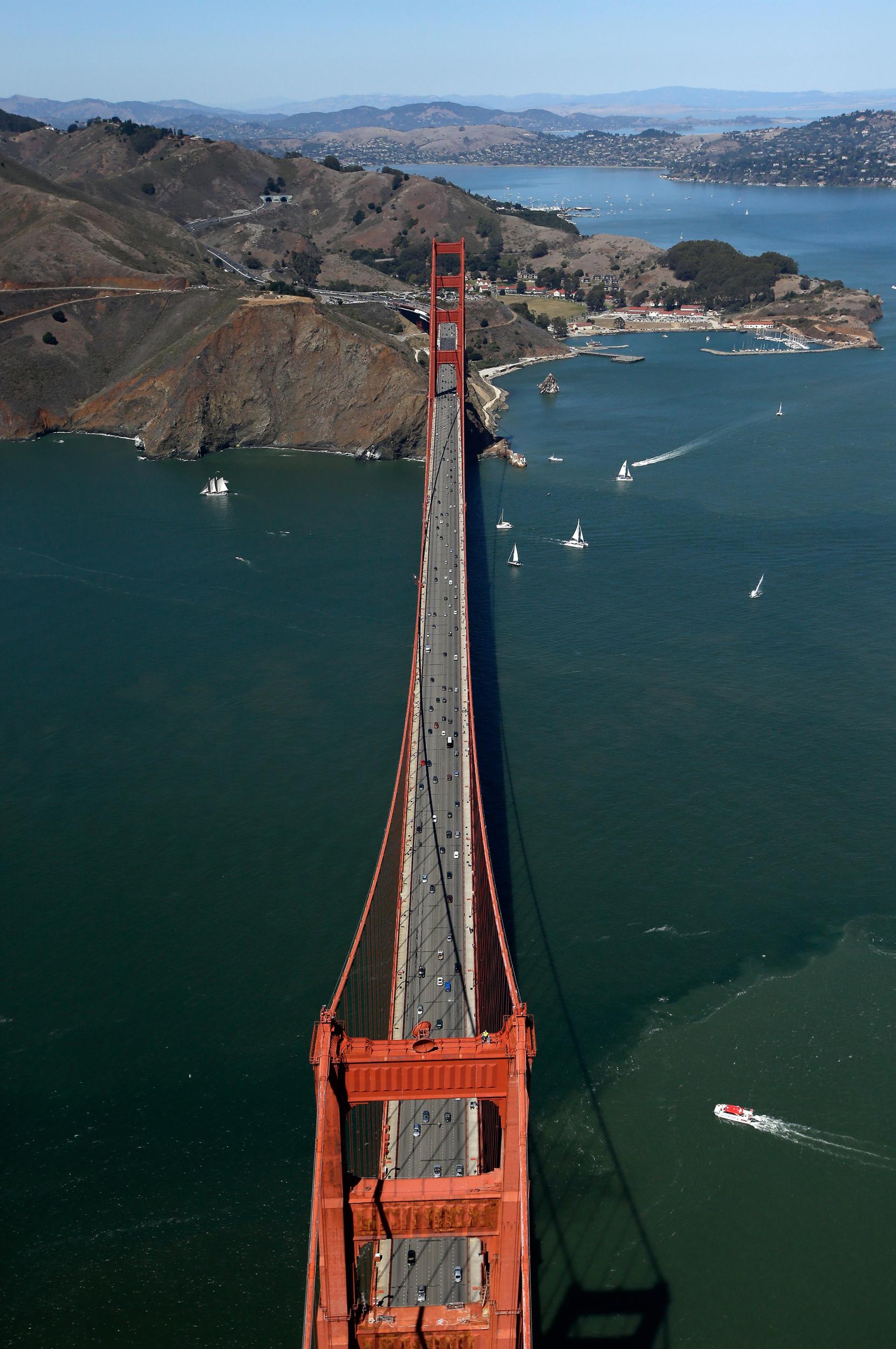Will Boris’s bridge hold up?
The prime minister’s plan to connect Scotland and Northern Ireland could bring unbridled fortune to the two isles. But, says Steven Cutts, will the project ever get off the ground?


All around the world, engineers are planning a new wave of infrastructure that will shorten journey times and overcome the ocean. The Finnish government is seriously considering a tunnel from Helsinki to Tallinn while Denmark and Germany are designing a tunnel that will link Loland in Denmark to northern Germany. This kind of ambition is hardly confined to northern Europe. The Japanese mastered this process a long time ago with even minor islands in their country communicating by bridge and tunnel since the 1970s.
In this country, a fixed link between Ireland and the British mainland has long been in the offing, with Boris Johnson seeming to approve of the plan. There are several options, all of them pretty daring and all of them sufficiently costly to make any chancellor of the exchequer wince.
Worse still, the populations of Britain and Ireland are hardly comparable with Britain and Europe and the traffic on an Irish Sea crossing is unlikely to exceed 20 per cent of that seen in the English Channel.
The next issue is going to be how to build the Irish tunnel. Several studies have suggested that we could build the tunnel in concrete segments in a shipyard and then tow them out to sea. Having lowered each segment down to the seabed, engineers would then be able to link them together underwater. It’s a chilling thought and not one I feel particularly comfortable with myself, but there are civil engineers out there who believe that it is entirely doable.
But if a tunnel from Dublin to Anglesey sounds a bit too ambitious, don’t worry, there are plenty of other options on the table and Johnson has been dropping hints about his favourite. Why not take the easy option and build a bridge from Northern Ireland to Scotland? The journey from Torr Head to the Mull of Kintyre is a doddle at only 12 miles and in the first instance, a bridge to Scotland sounds far less ambitious than the tunnel.

Sadly, there are several problems with this route. When the first Irish tourist arrives at the Mull of Kintyre, they’re going to be disappointed. It’s a long way to the nearest big city and the terrain doesn’t lend itself to road or rail construction. In practice, we’d have to spend a huge amount of money straddling the remaining hills and lochs that lead to Glasgow and all this would be on top of the cost of the actual bridge itself.
The second problem is the sheer depth of the Irish Sea. At its deepest point, the English Channel is a mere 70 metres deep but the gap between Scotland and Northern Ireland is home to a vast underwater chasm, popularly known as Beaufort’s Dyke. This region is only one small part of the journey but it is here that the seabed drops to more than 250 metres. Beaufort’s Dyke makes an underground tunnel very difficult indeed.

But it gets worse. The existence of the dyke has been common knowledge for decades. And as recently as the late 1940s, the British government decided to dump a massive amount of surplus ammunition in exactly this spot. Thousands of tonnes of cannon shells, TNT and machine gun bullets were taken out to sea and thrown overboard in the sure and certain knowledge that no future government would ever want to visit such a remote and dangerous place. Any attempt to drive modern towers into the sea bed is likely to disturb one of the biggest ammunition dumps on the planet. Needless to say, a good 70 years have elapsed since the 1940s and the freezing saltwater won’t have been kind to the chemicals involved, but a pile of decaying ammunition will be yet another headache for the civil engineers to deal with.
A bridge requires a series of very tall towers that disappear into the water and head down to the sea or riverbed. Once there, they have to descend further until they have a solid purchase on rock and create a stable foundation. (The towers on the new Firth Of Forth bridge are – for example – 250 metres tall, although most of this height is above the waterline.) With the towers in place, engineers can then lay down a horizontal road surface between them. There’s a maximum length that any one segment can be before it starts to sag under its own weight. In the 20th century, engineers managed to extend this length by suspending the road segments from the towers using steel cables.
Our Victorian ancestors would not have baulked at the prospects of a tunnel under the Irish Sea, any more than they would have baulked at the bridges that will soon straddle the gap between Belfast and Glasgow
If you look at a suspension bridge like the Golden Gate Bridge, the designers have obviously kept the towers in the shallows and close to the shore. One should also remember that the Golden Gate Bridge is a snip at 1.7 miles long. At a minimum of 12 miles in length, our bridge from Belfast to Scotland would need more than a dozen separate towers, some of them standing in water that is well over 200 metres deep. These numbers are challenging but not insurmountable. Several design teams have proposed building a series of empty concrete boxes onshore and then towing them out into the Irish Sea. The boxes would then be attached to the seabed using cables. This might sound like science fiction but it is pretty much standard in the oil industry and there are oil rigs in use now that have long been secured in up to 3,000 metres of water. More recently, the Norwegian government has built a coastal highway stretching for many miles using a similar approach.
However, the Mull of Kintyre crossing is regarded as too inconvenient by most experts and it seems likely that if a real bridge is to be built then it will use a much longer route, much further south. This design would stretch about 26 miles from Belfast to Scotland. It’s still technically feasible and it’s much cheaper to connect overland to Glasgow. The Irish government has already stated that it would be willing to pay for a high-speed rail link from Dublin to Belfast but continuation of such a line over the bridge would presumably be paid for by the British.
So a bridge from Scotland to Northern Ireland is feasible, although there’d be an awful lot of people trying to block its construction and claim the money for their own pet projects. Once built, such a bridge would convey a lasting practical and psychological benefit to the British economy. Suddenly we would be looking at an economy of one block with 70 million people in it. With trains that could travel at well over 200 miles an hour, it would become possible to live in Dublin and commute to Belfast, Glasgow or even Edinburgh. The industrial capability of two distinct land masses would become organically linked and our perception of distance would begin to fade. In effect, we would have done for the British Isles what the Japanese did for their own, much more disparate islands by the late 1980s.
A second crossing from a tunnel from Dublin to Anglesey might permit a kind of high-speed circle line that left no two major cities in the British Isles more than three hours apart. However, all of these figures might be rendered old hat by the advent of an entirely new kind of mass transit referred to as the hyperloop. Several groups are now planning prototype hyperloop systems with a maximum speed of up to 600mph. A combination of bridge, tunnel and hyperloop system that circles the British Isles would leave short-haul air travel obsolete.
It seems to me that as a nation, we have a habit of looking at our rail network and seeing it as some sort of gift from the gods. For our own generation, reactivating 20 miles of Beeching line sounds like a major undertaking. But there was a time when railways did not exist and it was the people of these islands that conceived and executed the entire thing, spawning their ideas all across the globe. We are like a not terribly gifted Hoorah Henry, living off the cash we inherited from our long-deceased but quite obviously clever grandparents. Our Victorian ancestors would not have baulked at the prospects of a tunnel under the Irish Sea, any more than they would have baulked at the bridges that will soon straddle the gap between Belfast and Glasgow. Technical courage, the ability to take risks and capacity for self-denial, all of these qualities were once present in these islands and all of these are too obviously absent today. If we want to advance as a nation, we will have to discover them all again.
Join our commenting forum
Join thought-provoking conversations, follow other Independent readers and see their replies
Comments